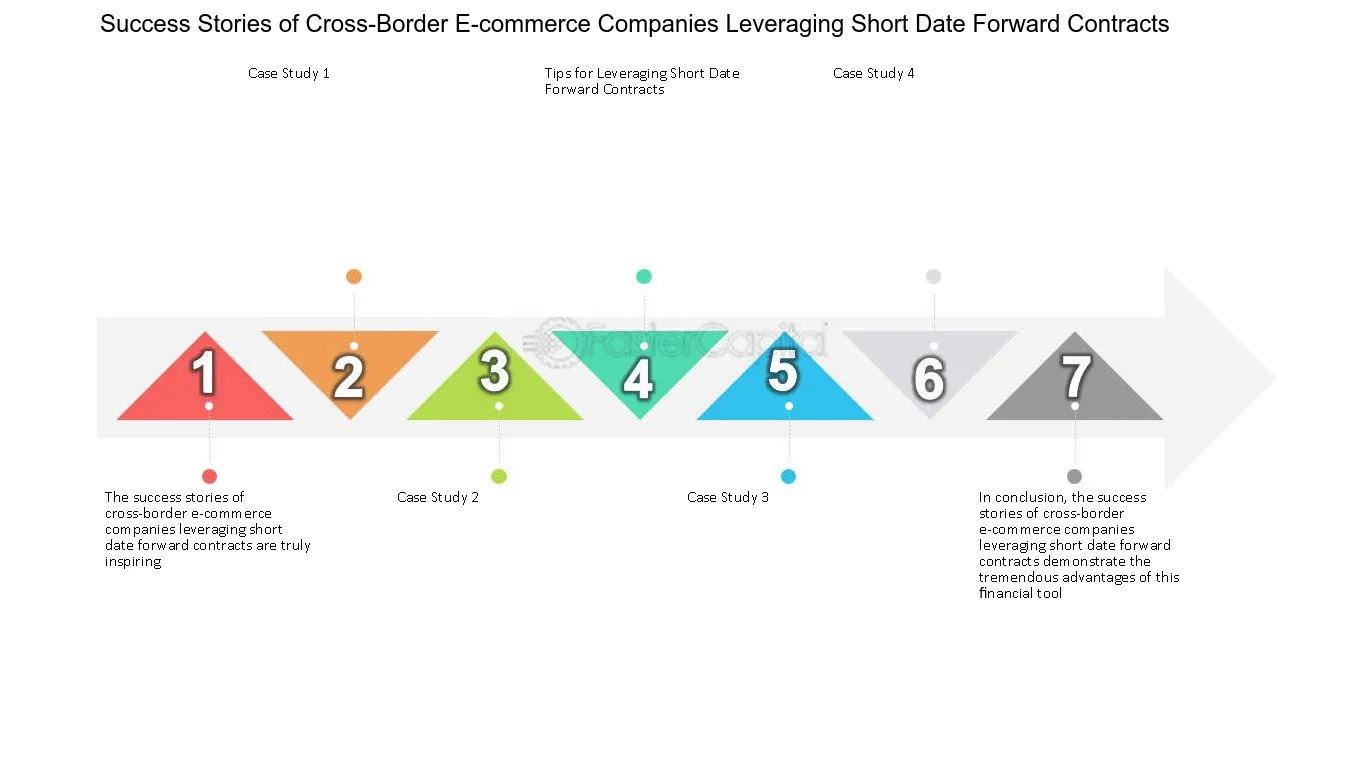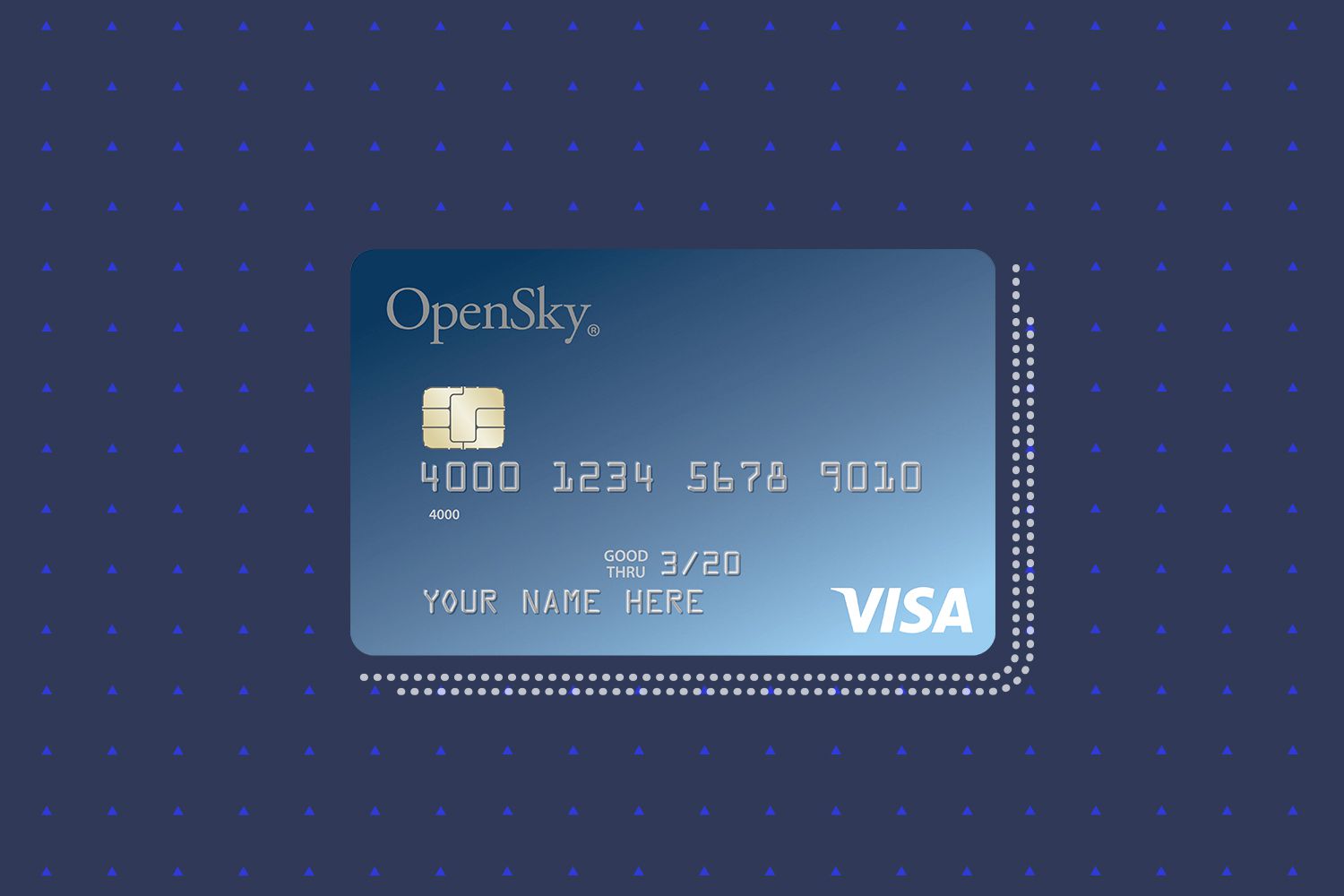Home>Finance>Forward Contracts And Options Contracts. What Are The Similarities? What Are Some Differences?


Finance
Forward Contracts And Options Contracts. What Are The Similarities? What Are Some Differences?
Published: February 28, 2024
Discover the similarities and differences between forward contracts and options contracts in the field of finance. Explore their unique features and applications.
(Many of the links in this article redirect to a specific reviewed product. Your purchase of these products through affiliate links helps to generate commission for LiveWell, at no extra cost. Learn more)
Table of Contents
Introduction
In the realm of finance, various instruments are utilized to manage risks and speculate on future market movements. Two such instruments that play a pivotal role in hedging and trading strategies are forward contracts and options contracts. Understanding the similarities and differences between these two financial products is essential for investors and businesses seeking to navigate the complexities of the financial markets.
Forward contracts and options contracts are both derivative instruments, meaning their value is derived from an underlying asset. These contracts enable parties to lock in prices for future transactions, thereby mitigating the impact of market fluctuations. While both serve as risk management tools, they possess distinct characteristics that cater to different risk profiles and market conditions.
Delving into the nuances of forward and options contracts, we can uncover the unique features that distinguish them from one another. By gaining insight into their similarities and differences, investors and businesses can make informed decisions when incorporating these instruments into their financial strategies. Let's explore the definitions, similarities, and differences between forward contracts and options contracts to shed light on their roles in the dynamic landscape of financial markets.
Definition of Forward Contracts
A forward contract is a customized agreement between two parties to buy or sell an asset at a specified price on a future date. This binding contract outlines the exact terms of the transaction, including the quantity and quality of the underlying asset, the predetermined price (also known as the delivery price), and the delivery date. Importantly, forward contracts are traded over-the-counter (OTC), meaning they are privately negotiated between the parties involved, offering flexibility in tailoring the terms to suit their specific needs.
One of the defining characteristics of a forward contract is that it obligates both the buyer and the seller to fulfill the terms of the agreement at the agreed-upon future date. This distinguishes forward contracts from futures contracts, which are standardized and traded on exchanges, with margin requirements and daily settlement of gains and losses.
Forward contracts are prevalent in various industries, serving as a vital tool for managing price volatility and securing future cash flows. For instance, agricultural producers often utilize forward contracts to lock in prices for their crops, shielding themselves from adverse price movements. Similarly, multinational corporations employ forward contracts to hedge against currency fluctuations when conducting international business transactions, mitigating the risk of exchange rate fluctuations impacting their bottom line.
Despite their utility in risk management, forward contracts carry the risk of counterparty default, as they lack the protective measures and guarantees provided by clearinghouses in exchange-traded markets. This underscores the importance of carefully evaluating the creditworthiness of the counterparty before entering into a forward contract.
Definition of Options Contracts
Options contracts confer the right, but not the obligation, to buy or sell an underlying asset at a predetermined price (known as the strike price) within a specified time frame. These derivative instruments provide investors with the flexibility to capitalize on market movements while limiting potential losses. Options contracts are categorized into two primary types: call options, which grant the holder the right to buy the underlying asset, and put options, which afford the holder the right to sell the underlying asset.
Call options enable investors to benefit from price appreciation in the underlying asset, while put options offer protection against potential downside risk. The buyer of an options contract pays a premium to the seller (also known as the writer) in exchange for the rights embedded in the contract. This premium represents the cost of acquiring the option and is influenced by factors such as the volatility of the underlying asset, the time remaining until expiration, and the difference between the asset’s current price and the strike price.
Options contracts are traded on exchanges, providing liquidity and standardized terms for market participants. This standardized nature facilitates price discovery and ensures transparency in the options market. Moreover, options contracts are leveraged instruments, allowing investors to gain exposure to the price movements of the underlying asset at a fraction of the cost of purchasing the asset outright.
Given their versatility, options contracts are utilized for various purposes, including speculation, hedging, and generating income through covered call writing or selling cash-secured puts. Investors can employ options to construct complex strategies that align with their risk tolerance and market outlook, making them valuable tools in portfolio management and risk mitigation.
It is important to note that options trading involves inherent risks, including the potential loss of the premium paid for the contract. As such, understanding the mechanics of options contracts and conducting thorough analysis before engaging in options trading is crucial for investors seeking to harness the benefits of these derivative instruments while managing associated risks.
Similarities between Forward and Options Contracts
While forward contracts and options contracts are distinct financial instruments, they share several similarities that underscore their roles in managing risk and facilitating strategic market exposure. Understanding these commonalities sheds light on the fundamental principles that govern both types of derivative contracts.
- Derivative Nature: Both forward and options contracts are categorized as derivative instruments, as their value is derived from an underlying asset, such as commodities, currencies, stocks, or interest rates. This derivative nature enables investors and businesses to gain exposure to the price movements of the underlying assets without necessitating ownership of the assets themselves.
- Customization: Both forward and options contracts offer a degree of customization, allowing parties to tailor the terms of the contracts to suit their specific needs. This flexibility is particularly evident in forward contracts, which are privately negotiated and can be customized to include specific delivery dates, quantities, and quality specifications.
- Risk Management: Both types of contracts serve as valuable tools for managing risk. Whether it is mitigating price volatility, hedging against adverse market movements, or securing future cash flows, forward and options contracts provide mechanisms for market participants to protect themselves from uncertainties in the financial markets.
- Future Price Determination: Both contracts facilitate the determination of future prices for the underlying assets. By entering into a forward contract, parties can establish a fixed price for the future purchase or sale of the asset, providing certainty in transactions. Similarly, options contracts allow investors to lock in a predetermined price for buying or selling the underlying asset within a specified time frame, offering price predictability.
These shared characteristics highlight the integral role of both forward and options contracts in the realm of finance. Whether it is hedging against market risks, speculating on price movements, or strategically managing future transactions, these derivative instruments offer diverse avenues for market participants to achieve their financial objectives.
Differences between Forward and Options Contracts
While forward contracts and options contracts share common ground as derivative instruments, they diverge in several key aspects, encompassing their contractual obligations, market tradability, and risk profiles. Understanding these differences is crucial for market participants seeking to harness the distinct advantages offered by each type of contract.
- Contractual Obligations: One of the primary distinctions lies in the obligations imposed on the parties involved. In a forward contract, both the buyer and the seller are obligated to fulfill the terms of the agreement at the agreed-upon future date, regardless of market conditions. Conversely, options contracts provide the holder with the right, but not the obligation, to buy or sell the underlying asset. This fundamental difference in obligations shapes the risk exposure and strategic flexibility associated with each type of contract.
- Market Tradability: Forward contracts are traded over-the-counter (OTC), meaning they are privately negotiated between the parties involved. As a result, the terms of forward contracts are tailored to the specific needs of the counterparties, offering a high degree of customization. On the other hand, options contracts are traded on exchanges, providing liquidity and standardized terms. This exchange-traded nature enhances price transparency and market accessibility for options contracts.
- Risk Profile: The risk profiles of forward and options contracts differ significantly. Forward contracts expose the parties to counterparty risk, as they lack the protective measures and guarantees provided by clearinghouses in exchange-traded markets. In contrast, options contracts involve the payment of a premium, which represents the maximum potential loss for the buyer. This premium affords options holders protection against unlimited losses, defining the risk exposure associated with options contracts.
- Cost Considerations: The costs associated with forward and options contracts vary. In a forward contract, no upfront premium is exchanged at the inception of the agreement, as the transaction is settled at the future delivery date. Conversely, options contracts entail the payment of a premium, which influences the overall cost of acquiring the rights embedded in the contract. This cost disparity reflects the distinct pricing mechanisms and risk structures inherent in forward and options contracts.
These disparities underscore the unique characteristics and strategic implications of forward and options contracts. Whether it is the binding nature of obligations, the tradability in the market, or the risk dynamics, these differences play a pivotal role in shaping the suitability of each type of contract for specific risk management and trading objectives.
Conclusion
Forward contracts and options contracts represent vital tools in the realm of finance, offering distinct mechanisms for managing risk, securing future transactions, and capitalizing on market opportunities. While both types of derivative instruments share commonalities as derivative products, they diverge in terms of contractual obligations, market tradability, risk profiles, and cost considerations.
Understanding the nuances of forward and options contracts empowers investors and businesses to make informed decisions when navigating the complexities of the financial markets. Whether it is the binding nature of obligations in forward contracts or the strategic flexibility afforded by options contracts, market participants can leverage these instruments to align with their risk tolerance, market outlook, and financial objectives.
By comprehending the similarities and differences between forward and options contracts, stakeholders can effectively tailor their risk management strategies, speculate on market movements, and strategically position themselves in the dynamic landscape of financial markets. Whether it is hedging against price volatility, securing future cash flows, or capitalizing on market opportunities, forward and options contracts offer diverse avenues for market participants to achieve their financial goals.
Ultimately, the distinct features and strategic implications of forward and options contracts underscore the multifaceted nature of derivative instruments, highlighting their pivotal role in shaping risk management strategies, investment decisions, and market exposures. As financial markets continue to evolve, the versatility and utility of forward and options contracts position them as indispensable tools for navigating the intricacies of the global financial landscape.














